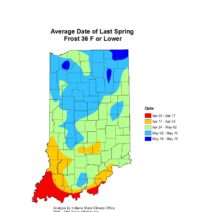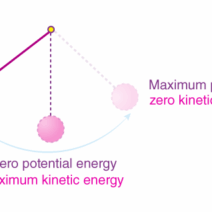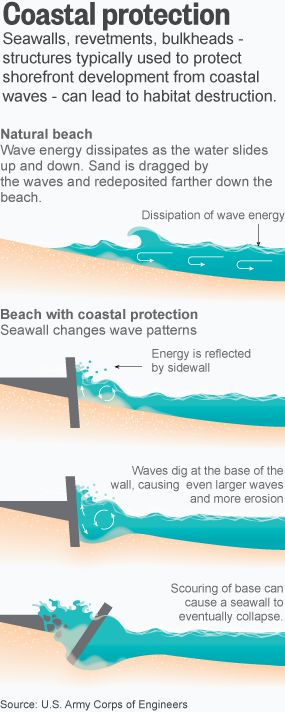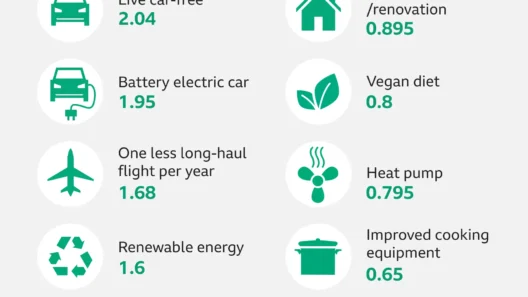The Paris Climate Agreement, adopted in December 2015, marks a pivotal moment in global efforts to combat climate change. This landmark deal emerged from the 21st Conference of the Parties (COP21) held in Paris, uniting nearly every nation in a common cause. An in-depth understanding of the Paris Agreement is critical for discerning its implications and significance for both the planet and future generations.
At its core, the agreement aims to limit global warming to well below 2 degrees Celsius above pre-industrial levels, with an aspirational target of 1.5 degrees Celsius. To unpack the intricacies of the Paris Climate Agreement, it is essential to explore its structure, key components, and anticipated impact on climate action worldwide.
The Framework for Global Solidarity: Understanding Nationally Determined Contributions
One of the most revolutionary aspects of the Paris Climate Agreement is the concept of Nationally Determined Contributions (NDCs). Each country must outline and communicate their climate action plans, detailing how they will contribute to global emissions reduction efforts. This decentralized approach fosters a sense of individual responsibility among nations while allowing for tailored strategies that consider each country’s unique circumstances.
Countries are encouraged to be increasingly ambitious over time, as they submit updated NDCs every five years. This iterative process promotes a progressive and accountable engagement with climate targets. Importantly, the agreement recognizes the principle of equity, acknowledging that developed nations have a historical responsibility for emissions and should lead the way in reducing them.
Financial Mechanisms for Climate Resilience: The Role of Climate Finance
Another significant dimension of the Paris Agreement is the focus on climate finance. It is recognized that developing countries often lack the resources to effectively combat climate change and adapt to its effects. Therefore, the agreement underscores the necessity for developed nations to provide financial support to less affluent countries, facilitating their transition to sustainable development.
The ultimate goal is to mobilize $100 billion annually by 2020, enhancing the capacity for mitigation and adaptation initiatives. This financial mechanism is essential, as it underscores the interconnectedness of nations and highlights the importance of solidarity in addressing a global crisis. Developing countries will be better equipped to implement their NDCs, engage in renewable energy projects, and build resilience against climate-related disasters.
Transparency and Accountability: Ensuring Integrity Through Robust Reporting
To navigate the complexities of responsibility and progress, the Paris Agreement implements a robust transparency framework. This framework mandates regular reporting on emissions, efforts to meet NDCs, and the financial support provided and received. Enhanced reporting mechanisms are designed to build trust and ensure nations are held accountable for their commitments.
The agreement establishes a framework for reviewing the effectiveness of these measures, thereby fostering an environment of constructive dialogue and continuous improvement. The Paris Agreement emphasizes that transparency is not merely a regulatory obligation but a foundation for collaboration and mutual enhancement in the global climate landscape.
Collective Action and Global Cooperation: Mobilizing for a Sustainable Future
The Paris Agreement transcends national borders, embodying a unified call to action against climate change. The collective nature of this accord underscores that climate change is a shared challenge, requiring a concerted global response. Issues such as greenhouse gas emissions, deforestation, and biodiversity loss do not adhere to geopolitical divisions. Hence, international cooperation is indispensable.
The collaboration among nations fosters a spirit of shared innovation, enabling the exchange of technology, knowledge, and best practices. The establishment of global partnerships is crucial for scaling solutions, particularly in renewable energy, sustainable agriculture, and carbon capture technologies. Through collaboration, countries can strategize synergistically, maximizing impact while minimizing costs.
Challenges and Opportunities Ahead: The Future of the Paris Agreement
As we move further into the 21st century, the Paris Climate Agreement faces both formidable challenges and unprecedented opportunities. While the agreement represents a significant step forward, its success hinges on the collective action of member countries. As climate change intensifies, there is an urgent need for nations to commit to more aggressive emissions reductions while simultaneously investing in climate resilience.
As countries strive to balance economic development with environmental stewardship, innovative approaches are emerging. Emphasizing clean technology, green infrastructure, and sustainable practices can stimulate economic growth while concurrently addressing climate impacts. The transition to a low-carbon economy is not only achievable but essential for safeguarding the planet’s future.
In conclusion, the Paris Climate Agreement encapsulates a historic commitment to fostering a sustainable and resilient world. It serves as a testament to what collaborative efforts can achieve. As nations continue to reevaluate their pledges and strengthen their resolve, the hope remains that humanity will rise to the occasion. The imperative is clear: collective action is not merely an option; it is a necessity for the preservation of our shared home.







